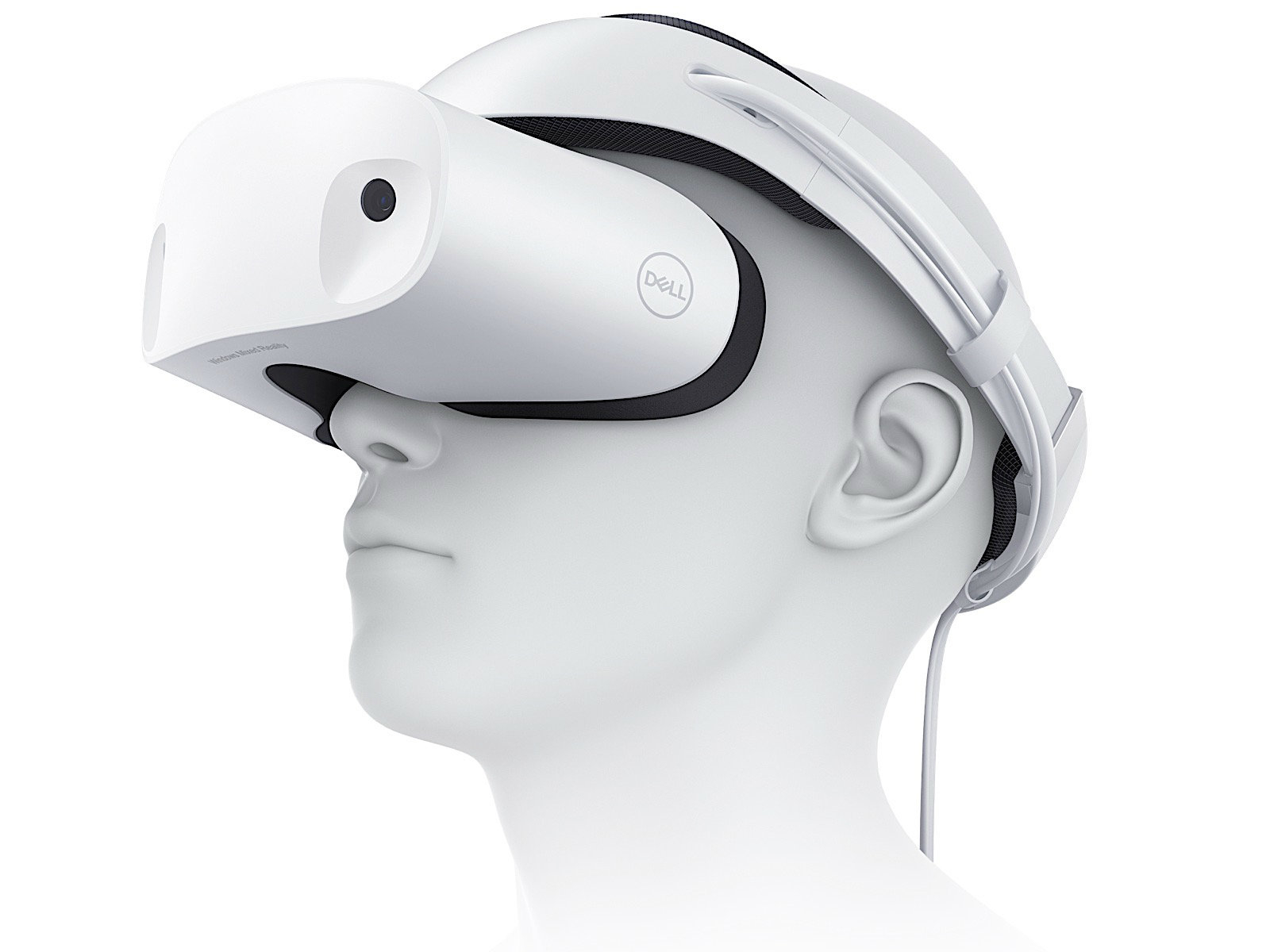ARCore: Augmented reality at Android scale — from blog.google by Dave Burke
Excerpt:
With more than two billion active devices, Android is the largest mobile platform in the world. And for the past nine years, we’ve worked to create a rich set of tools, frameworks and APIs that deliver developers’ creations to people everywhere. Today, we’re releasing a preview of a new software development kit (SDK) called ARCore. It brings augmented reality capabilities to existing and future Android phones. Developers can start experimenting with it right now.
Google just announced its plan to match the coolest new feature coming to the iPhone –from cnbc.com by Todd Haselton
- Google just announced its answer to Apple’s augmented reality platform
- New tools called ARCore will let developers enable AR on millions of Android devices
Description:
AR Experiments is a site that features work by coders who are experimenting with augmented reality in exciting ways. These experiments use various tools like ARCore, an SDK that lets Android developers create awesome AR experiences. We’re featuring some of our favorite projects here to help inspire more coders to imagine what could be made with AR.
Google’s ARCore hopes to introduce augmented reality to the Android masses — from androidauthority.com by Williams Pelegrin
Excerpt:
Available as a preview, ARCore is an Android software development kit (SDK) that lets developers introduce AR capabilities to, you guessed it, Android devices. Because of how ARCore works, there is no need for folks to purchase additional sensors or hardware – it will work on existing and future Android phones.
















